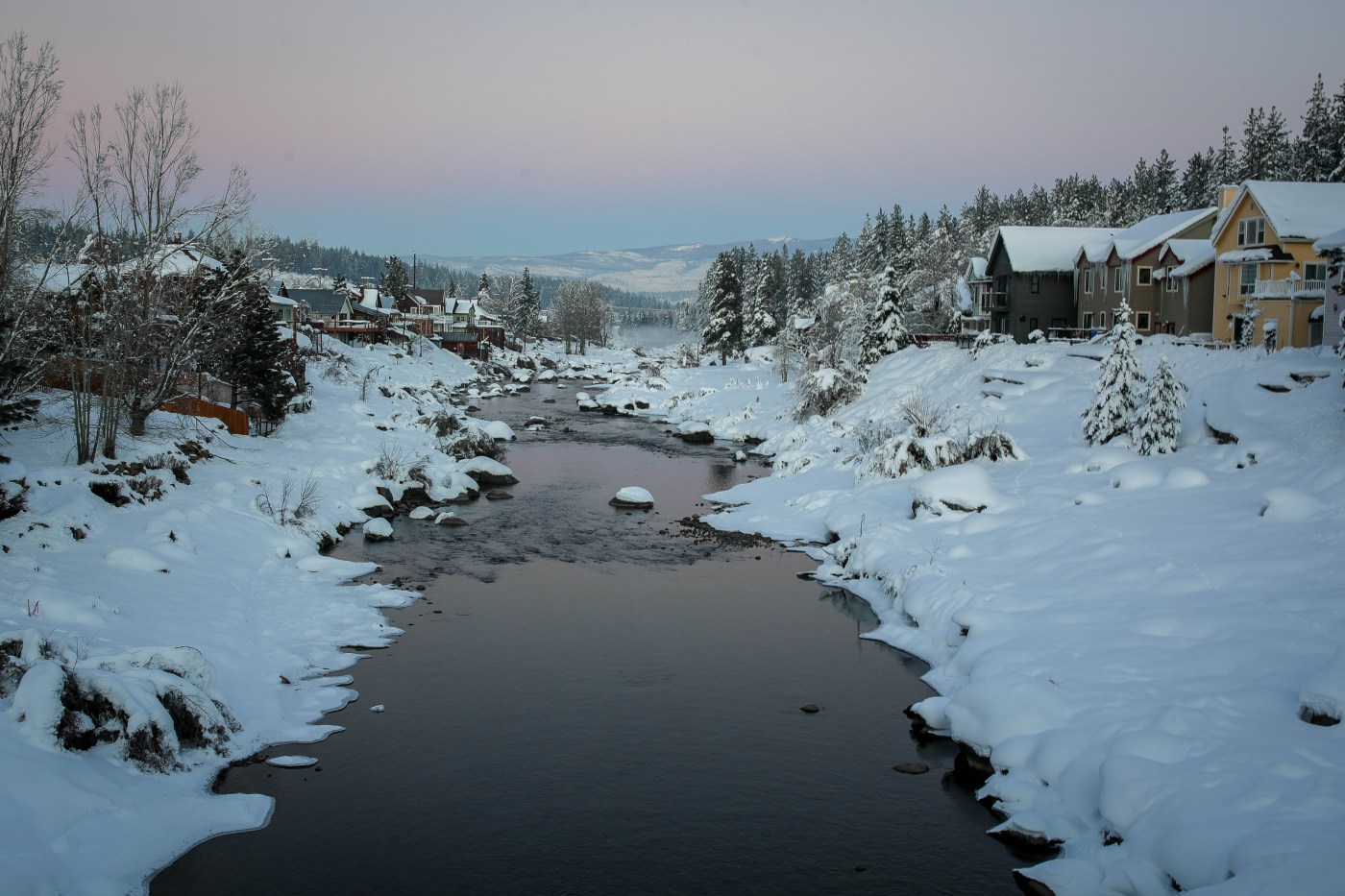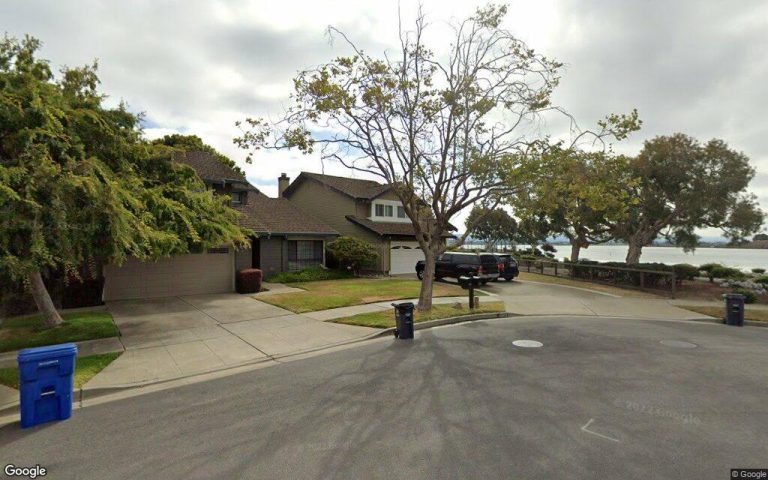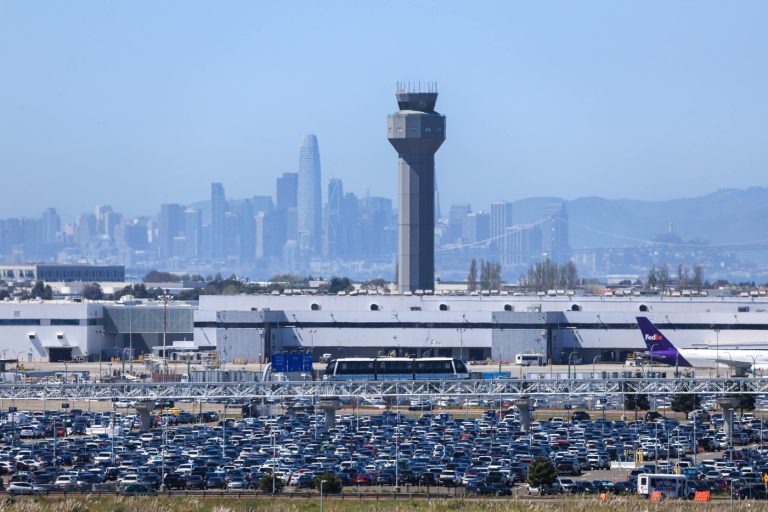The Bay Area can expect a wet and mild winter – if the prediction of the Old Farmer’s Almanac proves to be true.
But the reality of predicting an upcoming winter’s climate is “complicated,” said meteorologist Jan Null, and the Almanac has only been right between one-third and one-half of the time, based on his comparisons.
“Whatever they’re using, it’s unverifiable,” Null said.
The Old Farmer’s Almanac, which has been predicting the weather for the United States since 1794, forecasted that weather will be temperate across the country this upcoming winter, according to a press release.
Winter will be “warmer than normal” through most of California, with the coldest temperatures coming through between mid-December and mid- to late-January, according to the almanac’s weather report.
These mild temperatures will be offset by a deluge of rain and higher levels of mountain snowfall, the almanac reported. The stormiest times of the season will occur in mid-December, early January and mid- to late-February.
The almanac claims an 80% success rate in predicting the season’s weather. The predictions are based on historical comparisons of solar science, climatology and meteorology to today’s conditions to predict weather trends and events, according to the press release. Over the years, the predictions have incorporated the use of modern technology into the propriety strategies used since the publication of the first issue in the 18th century.
“It’s no better than flipping a coin,” Null said, adding that he has gone back and compared the actual weather patterns of years with the almanac’s predictions.
The National Weather Service predictions for the winter are favoring a La Nina pattern, which indicates cooler and wetter weather, said NWS meteorologist Crystal Oudit.
“We’ll have higher confidence sooner,” Oudit said, explaining that predictions for seasonal weather become more accurate the closer the season gets.
Institutions such as the NWS Climate Prediction Center produce more accurate seasonal forecasts, but forecasting long-term weather patterns “doesn’t have the greatest precision,” Null added.
Other factors such as climate change are making predicting the seasonal weather increasingly difficult, he said. Averages from 20 or 30 years ago are different from today’s averages, and there can be “butterfly effects” in the weather due to variables from across the globe.
Related Articles
Summer weather lingers the first week of September
‘Brutal’ trade-offs keep some South Bay farmworkers laboring in dangerous heat
Heat-related deaths spiked 117% in the US since 1999
The final month of summer started Friday. Do you know where your sweaters and blankets are?
Rain possible in the Bay Area this week in rare August storm system
“There are so many elements,” Null said. “It’s complicated.”
The Bay Area will not begin to see cooler temperatures until the end of September or early October, Oudit added. This week, Wednesday and Thursday in particular will see hot temperatures – reaching the high 90s in San Jose and the low 100s in parts of the inner East Bay.
“We’re still in the fire season, still having those fire concerns,” she said.












